Researchers from Osaka University, Japan, have developed foldable nanopaper antennas by fabricating a cellulose nanofiber substrate and imprinting silver nanowires on the surface.
The authors compiled nanopaper sheets from nanofibrillated pulp fibers, without conventional high pressure processing, to produce sheets with diameters ranging from 15 to 60 nm and a high smoothness of 0.16 μm. The nanopaper surfaces were found to be 15-80 times smoother than pulp papers – a quality required for effective electrical properties in devices. The silver nanowires were synthesized by reducing silver nitrate in the presence of PVP in ethylene glycol. This produced silver nanowires 100 nm in diameter with lengths of between 5-10 μm. The nanowires were mixed with ethylene glycol to produce pastes, which were subsequently mask-printed onto the nanopaper substrate.
To test the durability of the nanopaper-silver nanowire devices, the authors folded the paper into origami cranes, which was used to power an LED light. This demonstrated that, even with multiple folding, the nanopaper devices retain their electrical properties more consistently than folded pulp papers. This research has demonstrated, for the first time, that durable folded nanopaper devices with printed silver nanowire antennas can be easily and reproducibly fabricated. The authors envisage these antennas could herald a new wave of foldable electronic devices, such as those used in smart phones and laptop computers.
by Dr Lee Barrett
Read this HOT Nanoscale article in full:
Foldable nanopaper antennas for origami electronics
Masaya Nogi, Natsuki Komoda, Kanji Otsuka and Katsuaki Suganuma
DOI: 10.1039/C3NR00231D
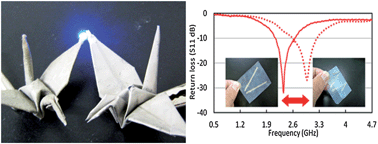
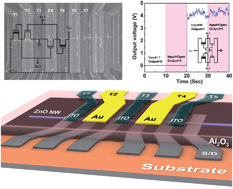











 Scientists from Taiwan and Germany report a strong magnetic enhancement in self-assembled multiferroic-ferrimagnetic nanostructures in
Scientists from Taiwan and Germany report a strong magnetic enhancement in self-assembled multiferroic-ferrimagnetic nanostructures in 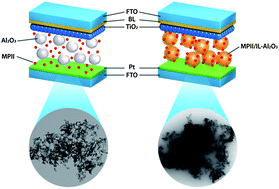 Jong Hak Kim and co-workers from Yonsei University report very impressive quasi-solid-state dye-sensitized solar cell (DSSC) efficiencies in
Jong Hak Kim and co-workers from Yonsei University report very impressive quasi-solid-state dye-sensitized solar cell (DSSC) efficiencies in 
 Scientists from Tsinghua University in China have found a way to synthesis water soluble nanocrystals with sizes smaller than 10nm using a formamide solvent-system.
Scientists from Tsinghua University in China have found a way to synthesis water soluble nanocrystals with sizes smaller than 10nm using a formamide solvent-system.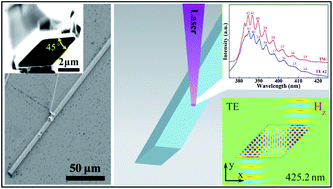 A novel zinc oxide microwire optical resonator with parallelogram-shaped cross section has been made by chemists based in China and Taiwan. The material can effectively control light in two dimensions, and could play the part of a building block in the development of optoelectronic devices.
A novel zinc oxide microwire optical resonator with parallelogram-shaped cross section has been made by chemists based in China and Taiwan. The material can effectively control light in two dimensions, and could play the part of a building block in the development of optoelectronic devices.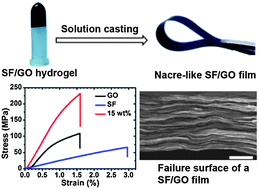
 Camouflaging nanoparticles so that they are not attacked by the immune system is a major challenge in developing long-circulating, effective drug-delivery vehicles. Attaching CD47, a transmembrane protein that serves as a universal molecular ‘marker-of-self’, to the surface of nanoparticles is one way to enable active immune evasion. However, functionalising the particle surface evenly and with uniformly oriented protein is very difficult.
Camouflaging nanoparticles so that they are not attacked by the immune system is a major challenge in developing long-circulating, effective drug-delivery vehicles. Attaching CD47, a transmembrane protein that serves as a universal molecular ‘marker-of-self’, to the surface of nanoparticles is one way to enable active immune evasion. However, functionalising the particle surface evenly and with uniformly oriented protein is very difficult.